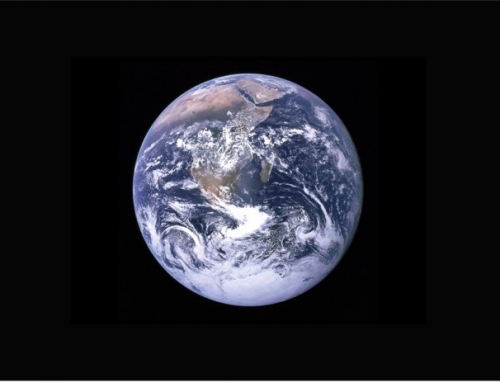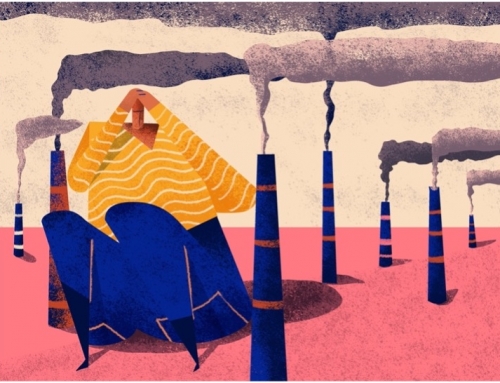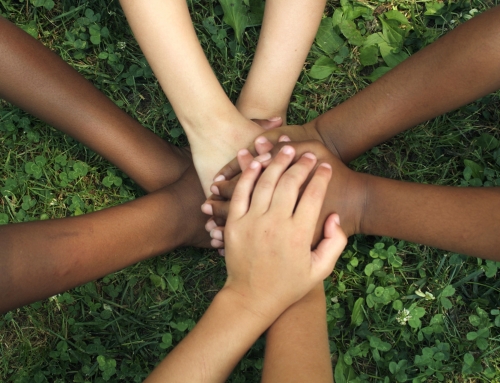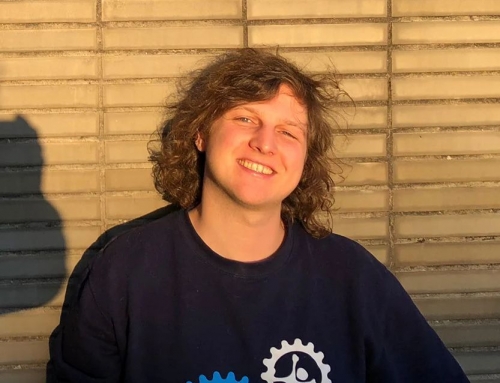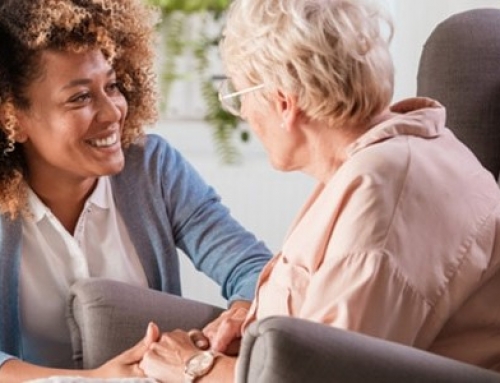8-06-2020
Introduction
In my first blog, I already briefly mentioned the topics that have interested me. Thereupon, I already saw that these subjects had a relationship with each other, namely behavior and social media. In my second blog, I found out that there was an even deeper connection, namely a concern for young people who cannot get steadiness related to their health. Just look at the sexting project, where insecure youngsters are sending naked pictures, which are then being forwarded to the entire school, causing someone’s life to be ruined. But also, surveillance capitalism where the data of emotional young people was being used to influence them into buying certain things. The steadiness that these young people do not have, is being used against them. Research into behavior and emotions related to health is what drives my interest. Now to come back to the second blog where I saw this concern to young people, but did not yet know whether social media had to do with it, I now know the answer: I believe that social media plays a major role in the mental health problems of young people.
Pressure and role models
I believe that social media plays a very big role in our social- and performance pressure, which causes mental health problems for many young people. Research has shown that there is great pressure on today’s young adults. This pressure arises from social pressure, where the young adults feel the pressure to continuously be “perfect” and create the right identity for themselves (Inmotie, n.d.). And the performance pressure where young people want to do a lot at the same time, like getting good grades, a good job, traveling, etc (ParikshaEvents, n.d.). I believe that social media plays a major role in this pressure, because everyone keeps abreast of each other and thus, unconsciously challenges themselves to be better than others on these platforms. Social media also makes the youngsters mirror themselves to their role models, even more.
During my project for the GGD, I immersed myself in role models. These are now called “influencers”. An influencer is someone who influences others in their buying behavior. That influence is based on their authority, knowledge, bond with their followers, or their position (Join, n.d.). People on Instagram, for example, who have many followers, often end up being an influencer. Which shows one of the big goals for youngsters on social media: having a lot of followers. Which also leads to pressure. When we look at the tasks of these influencers, we are back again to using the young people who have no steadiness. Their role models, and therefore, the people they look up to, are used to sell these young people different products. The weakness of the youngsters and their insecurity is being used against them, and again, they are being influenced. Which is almost the same as selling click-behavior to companies for advertising, but perhaps even worse. These young people have lost their own identity and are continuously comparing themselves to these influencers. The underlying idea of an influencer lies in having a certain bond with your followers where you share your life with them. This bond is now wrongly used in a way where, again, the focus lies on selling products to these people.
How to rightly use social media
Don’t get me wrong, social media also has a lot of advantages. Looking at Maslow’s pyramid, from blog 4, I still share my view that social media has helped us tremendously through this corona time. Social media has ensured that we, along with our social contacts, could get through the entire situation. That we could continue studying, that we could still stay into contact with our friends and family, and that we were not alone. The corona virus has had a lot of effect on the mental health of people, and social media was a big help in letting people know that they were not alone. However, had it not been for social media, we probably wouldn’t even have realized how severe the pandemic had been. Simply because we couldn’t have been up to date the entire time.
Overall, social media has it’s positive and negative aspects. it gives us opportunities to keep in touch with each other and to share things with each other. However, it also plays a huge role in the social- and performance pressure that the young people are now experiencing. Everything has to be shared, everyone compares everything with each other, and there is often a lot of fake news. And all these things ultimately cause many young people to suddenly be at home with depression, anxiety, or a burnout. Being able to get so exhausted at such a young age, worries me.
In the first blog, I explain that a company like the GGD is needed to use data about the health and feelings of young people in the right way, instead of as information to influence the young people. With the focus on brand awareness and health, the question was whether social media was the best solution for the GGD, but it turned out that this was the best option. After all, the target group spends most of their time on different online platforms and that remains the best option to reach them. But as mentioned before, the GGD would respond to this in a positive way. As also mentioned in blog 5b, the GGD was already staying in contact with teachers to monitor the youngsters who are having difficulties at home, especially during the pandemic, and recommending those teachers to keep an eye on the children via the online platforms. Which is already an example of using the platforms with the right intentions. Furthermore, with my project, a campaign has been written out where we want to create more awareness about mental health among the target group, by using social media and sharing stories. Using the platforms for the good.
My professional identity
Additionally, my interest lies in the use of social media, the behavior of the young people, and the mental health of young people. Looking back to my vision at the beginning of the blogs, where I thought that data should be used for the good of people and not to bribe people, I am actually still agreeing with this vision, only now, I would change the word “data” to “social media”, because social media must be used for the right things and help young people with their mental health problems. Not to influence people based on their data, or their weakness, to buy certain products. Social media was created to keep in touch and to share. It should therefore become possible that young people should also be able to share their mental health problems. Let everyone know that they are not alone, because all young people are in the same boat. Many youngsters experience this pressure, but they don’t openly discuss it with each other, which I believe, creates issues like depression or burn outs. As a professional, I have the vision that man-kind must benefit from social media and not that it should cause us problems such as way to much pressure which results to mental health complaints, and influencing people into buying certain products.
I will certainly expand my view after Social Innovation and I registered for the pre-master New Media design where you learn how to use media for social challenges. Here, I want to do more research on people’s behavior and see how I can use the media to help me with creating openness from people about their mental health problems. Social media will remain for a while, but we should start to respond more to the benefits of social media, which is interaction, than the negative points where we influence and compare.
References
Inmotie. (n.d.). sociale-druk-bij-jongeren-de-balans-tussen-kunnen-willen-en-moeten. Retrieved from inmotie: https://inmotie.nl/sociale-druk-bij-jongeren-de-balans-tussen-kunnen-willen-en-moeten/
Join. (n.d.). wat-is-een-influencer. Retrieved from join marketing: https://join.marketing/nl/blog/wat-is-een-influencer/#/
ParikshaEvents. (n.d.). jongeren-van-prestatiedruk-tot-burn-out. Retrieved from mixedmatters: http://www.mixedmatters.nl/blog/jongeren-van-prestatiedruk-tot-burn-out

